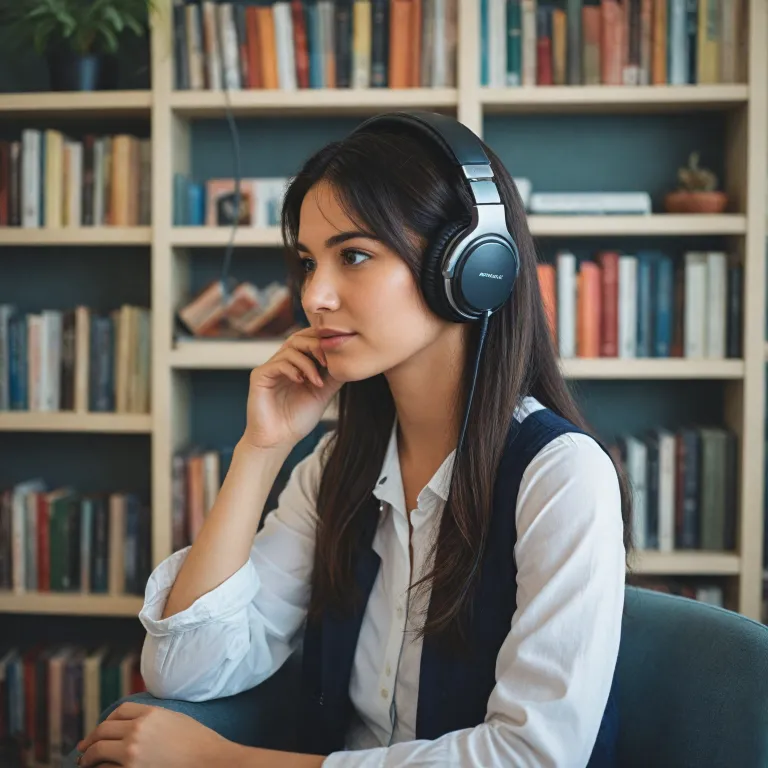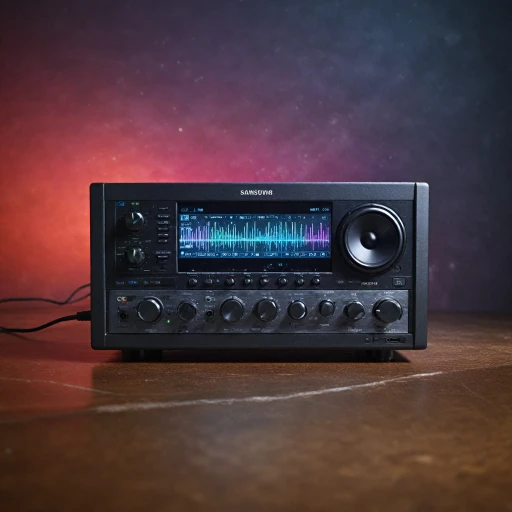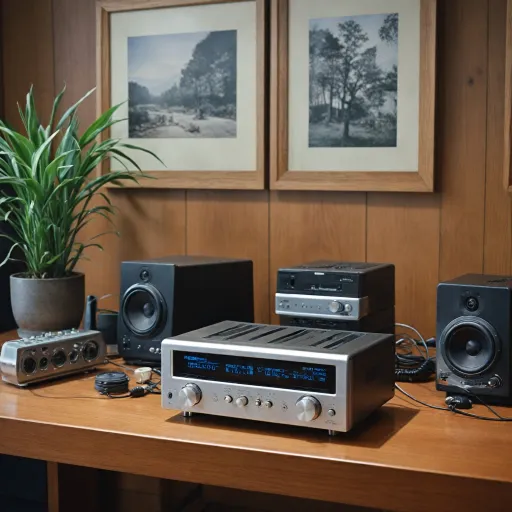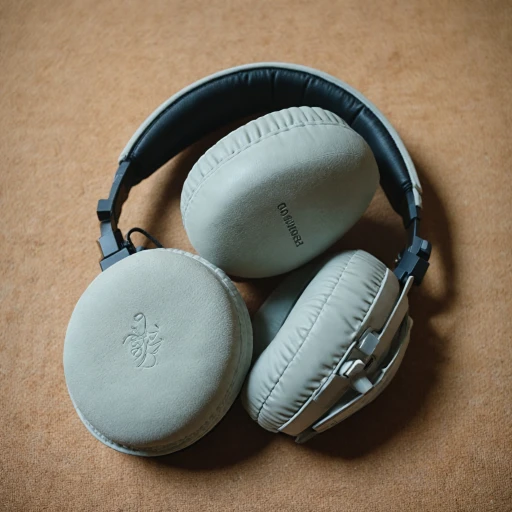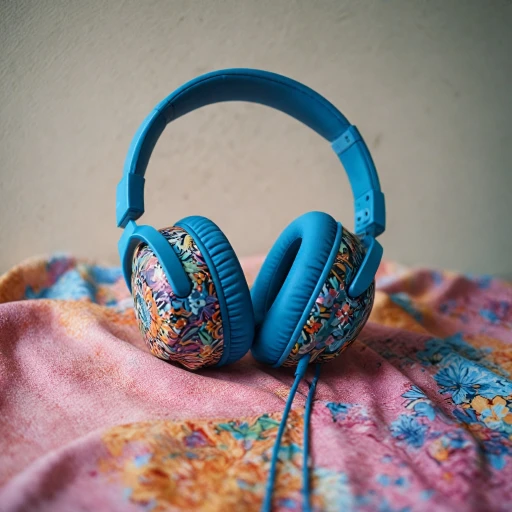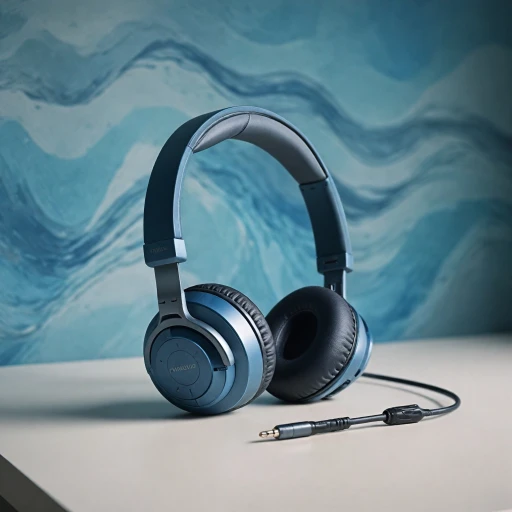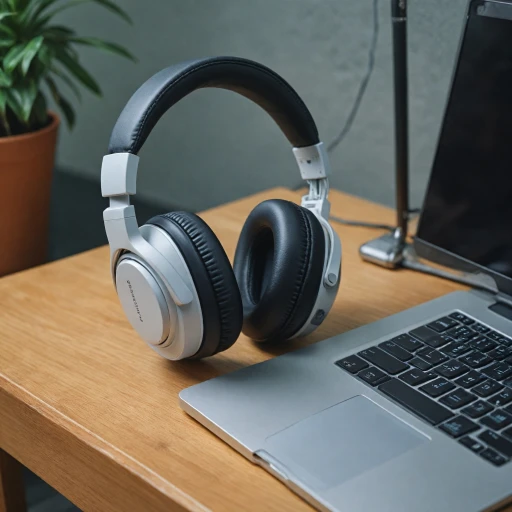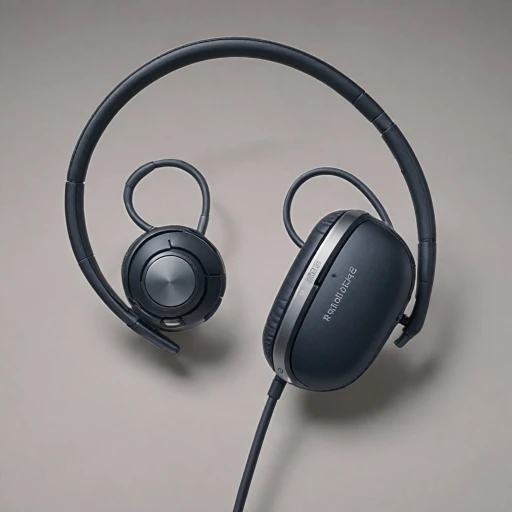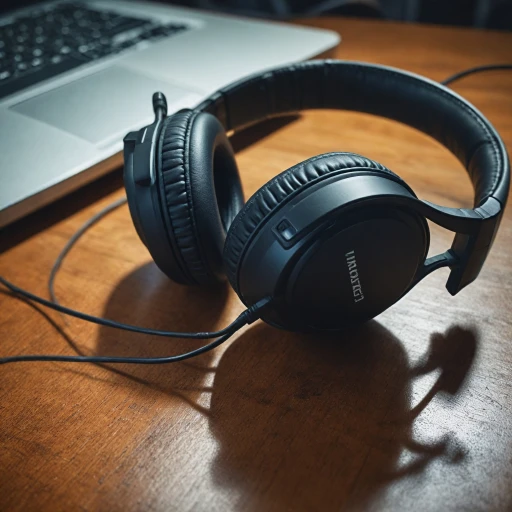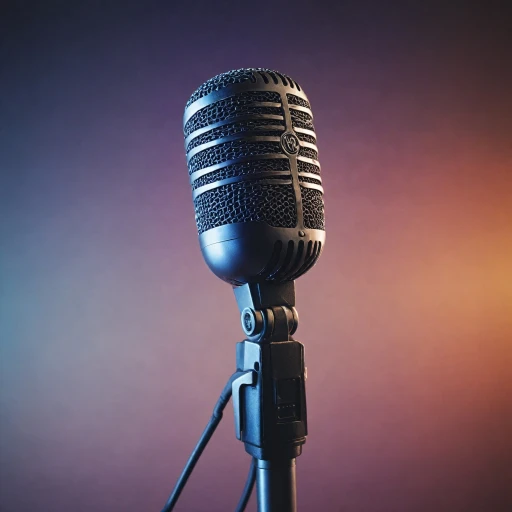
Understanding Amplifying Headphones
The Purpose of Amplifying Headphones
Amplifying headphones bridge the gap between personal audio devices and hearing aids, ensuring that everyone, especially those with mild to moderate hearing loss, can enjoy a richer sound experience. These devices often incorporate advanced technology to enhance audio output and provide clarity across various environments, making them invaluable for those with hard hearing.Key Features and Considerations
When selecting headphones for personal sound amplification, several factors should influence your decision:- Sound Quality: Look for headphones that provide stereo sound with clear audio at different frequencies, ensuring voice and music are distinguishable.
- Price: Prices can vary widely based on technology and brand. Establish a budget that balances cost with features important for your needs.
- Durability: Consider the build quality and read reviews to find models with a good balance of sturdiness and comfort.
- Batteries and Accessories: Check if the model comes with rechargeable batteries or uses standard aid batteries. Additional accessories like personal amplifiers or coils can also enhance usability.
Comparing to Regular Headphones
Amplifying headphones differentiate from regular models by offering personalized sound amplification and often include features beneficial for those with moderate hearing loss. Unlike standard headphones, which focus primarily on general audio quality, these specialized devices are designed to work as personal sound aids. Understanding the differences can aid in selecting the right type for specific hearing needs. View our guide on making over-the-ear headphones uniquely yours to further personalize your listening experience.Noise-Canceling Technology: A Deeper Dive
The Science Behind Silence
Noise-canceling technology in headphones is a marvel of modern physics that works tirelessly to elevate your auditory experience, especially helpful for those navigating the challenges of hearing loss. This cutting-edge technology is designed to reduce unwanted ambient sounds using advanced electronics and sound waves. Let’s explore deeper into how this technology can give you an edge in hearing care.
Active vs. Passive Noise Canceling
Two main types of noise-canceling technologies exist: passive and active. Passive noise canceling generally involves reducing sound by using well-insulated earcups that block out external noises. Meanwhile, active noise canceling employs microphones and speakers to pick up environmental sounds and generate sound waves in opposition to cancel them out, offering a more profound silence, an attribute key to those with hearing challenges.
- Microphones & Electronics: Integrated tiny microphones capture the ambient noises. Ensuring a serene environment when dealing with sounds from the hustle and bustle of everyday life.
- Sound Waves: Opposing sound waves are produced to nullify the background noise, a crucial feature for a calm listening environment especially in audio-output devices amplified for personal sound.
- Sound Quality: Besides noise reduction, these products aim to retain pristine sound quality. Features such as stereo sound and volume amplification make personal aids like these invaluable.
Benefits for Hard of Hearing
For those with mild to moderate hearing loss, these technologies can make audio significantly clearer by filtering out distracting background noise. Amplifying headphones equipped with this technology allow a more focused listening experience, mirroring talking products by enhancing sound clarity crucial for those using hearing aids or personal amplifiers.
Exploring these devices in adult size can make daily activities less strenuous, aligning with the mission to provide uniquely tailored experiences. For auditory challenges, reducing the fatigue that comes with trying to decipher sounds in noisy environments can enhance personal and professional interactions.
Comparing Features: Amplifying vs. Regular Headphones
Feature Comparison: Amplifying vs. Standard Headphones
When it comes to choosing between amplifying headphones and regular ones, understanding the key differences can greatly enhance your audio experience, especially if you have specific hearing needs. Let's break down the features that set these two types of headphones apart.
Sound Quality and Amplification
Amplifying headphones are designed to enhance sound for individuals with mild to moderate hearing loss. They often include personal sound amplifiers that boost audio output, making it easier for users to hear. This is particularly beneficial for those who rely on hearing aids or personal amplifiers. In contrast, regular headphones focus on delivering balanced stereo sound without additional amplification, which may not be sufficient for those with hearing challenges.
Noise-Canceling Capabilities
While both types of headphones can offer noise-canceling features, amplifying headphones often prioritize sound clarity over noise cancellation. This is crucial for users who need to distinguish speech from background noise. On the other hand, regular noise-canceling headphones are designed to block out ambient sounds, creating an immersive listening environment. For a deeper dive into how noise-canceling technology works, you can explore this comprehensive guide.
Price and Accessibility
The price of amplifying headphones can vary significantly based on features like sound amplifiers and hearing aid compatibility. These headphones are often considered essential hearing care products, making them a worthwhile investment for those with hearing loss. Regular headphones, however, tend to have a broader price range, influenced by brand, sound quality, and additional features like Bluetooth connectivity.
Additional Features and Accessories
- Hearing Aid Compatibility: Many amplifying headphones are compatible with hearing aids, using technologies like telecoil to enhance audio clarity.
- Battery Life: Amplifying headphones may require aid batteries or rechargeable options, whereas regular headphones often focus on long-lasting built-in batteries.
- Accessories: Both types of headphones can come with various accessories, such as carrying cases, extra ear pads, and charging cables. However, amplifying headphones might also include specialized items like vibrating watches or smoke detectors for enhanced accessibility.
Ultimately, the choice between amplifying and regular headphones depends on your personal hearing needs and lifestyle. Whether you prioritize enhanced sound amplification or immersive noise cancellation, understanding these differences will help you make an informed decision.
Top Brands and Models to Consider
Leading Brands and Models Worth Considering
When it comes to noise-canceling and amplifying headphones tailored for individuals with hearing challenges, several brands stand out due to their commitment to sound quality and accessible price points. Notable names in the industry have been consistently innovating and fine-tuning their products to cater to various levels of hearing loss, from mild to moderate, ensuring an optimal listening experience.
- Sennheiser: Known for their superior audio output, Sennheiser offers both stereo and mono models. With advanced noise-canceling features and a range of accessory options like coils and personal amplifiers, they are ideal for those seeking clarity and comfort.
- Bose: Long renowned for their cutting-edge noise-canceling technology, Bose headphones are a favorite among hard hearing users. Their high price reflects the premium sound and innovative features, but they often justify the cost with exceptional user experience.
- Williams Sound: Specializing in personal sound amplifiers, Williams Sound provides various devices aimed at enhancing auditory experiences for users with moderate hearing loss. Their products often integrate well with hearing aids and boast useful features like vibrating watches and smoke detectors.
- Phonak: These hearing aid specialists offer a range of amplified headphones that work seamlessly with existing hearing care solutions. Phonak’s products are tailored to deliver heightened sound quality, supported by easy-to-manage aid batteries.
The list price and stock availability vary between these brands, and potential buyers are advised to view multiple models to find the best fit for their personal hearing needs. Additionally, considering factors such as adult size, talking products, and compatibility with existing audio aids can be crucial when selecting the right pair for enhanced auditory assistance.
User Experience and Accessibility
Real World Insights: How Users Engage with Their Headphones
When exploring the user experience of amplifying headphones, it is essential to consider how these devices accommodate those with mild to moderate hearing challenges. Many users have noted that the integration of personal sound amplifiers into headphones has dramatically enhanced their daily audio interactions. This adaptation aids those who require personal amplifier features while listening to music or talking on the phone, offering an amplified sound experience. In examining device accessibility, several product aspects become crucial:- Battery Life and Accessibility: Many users highlight the importance of rechargeable batteries, which ensure longer use without frequent battery changes. Others prefer devices with easy-to-insert aid batteries given their accessibility advantages.
- Comfort and Fit: Adult-sized headphones with cushioned ear pads are generally favored by users who seek prolonged wear without discomfort. Proper fit also ensures that background noise is reduced, allowing the stereo hearing aid features to perform optimally.
- Price and Quality: There is a considerable focus on balancing price with quality. Users often assess the list price against features such as noise canceling and the effectiveness of sound amplifiers, ensuring their chosen amplified accessories offer value.
- Integration with Multiple Devices: The ability of headphones to connect seamlessly with canes, watches, and even smoke detectors adds significant value, ensuring that individuals with hearing difficulties experience comprehensive hearing care.
Tips for Choosing the Right Headphones
Key Considerations for Selecting the Ideal Headphones
Choosing the right headphones, especially for those with hearing challenges, involves more than just picking a pair that fits well. Here are some essential tips to guide your decision:
- Understand Your Hearing Needs: Determine whether you need headphones for mild to moderate hearing loss or if you require more specialized personal sound amplifiers. This will help you decide between amplified headphones and regular models.
- Evaluate Noise-Canceling Features: Consider how noise-canceling technology can enhance your audio experience by reducing background noise, allowing for clearer sound. This is particularly beneficial for those who rely on hearing aids or personal amplifiers.
- Check Compatibility with Hearing Aids: If you use hearing aids, ensure the headphones are compatible. Some models come with features like telecoil (T-coil) compatibility, which can be crucial for seamless integration.
- Consider the Price and Stock Availability: While price is a significant factor, ensure the headphones are readily available in stock. Compare the list price with the features offered to ensure you're getting value for your money.
- Look for Additional Accessories: Some headphones come with useful accessories like carrying cases, extra ear pads, or even vibrating watches for alerts, enhancing the overall user experience.
- Battery Life and Type: For wireless models, check the battery life and whether they use rechargeable batteries or require regular aid batteries. This can affect long-term convenience and cost.
- Read User Reviews: User reviews can provide insights into real-world performance, especially regarding sound quality and comfort for extended use. Look for feedback from users with similar hearing challenges.
By considering these factors, you can make an informed decision that enhances your audio experience, whether you're listening to music, watching talking products, or using stereo aids. For more detailed comparisons and insights, explore our previous sections on amplifying headphones and noise-canceling technology.
